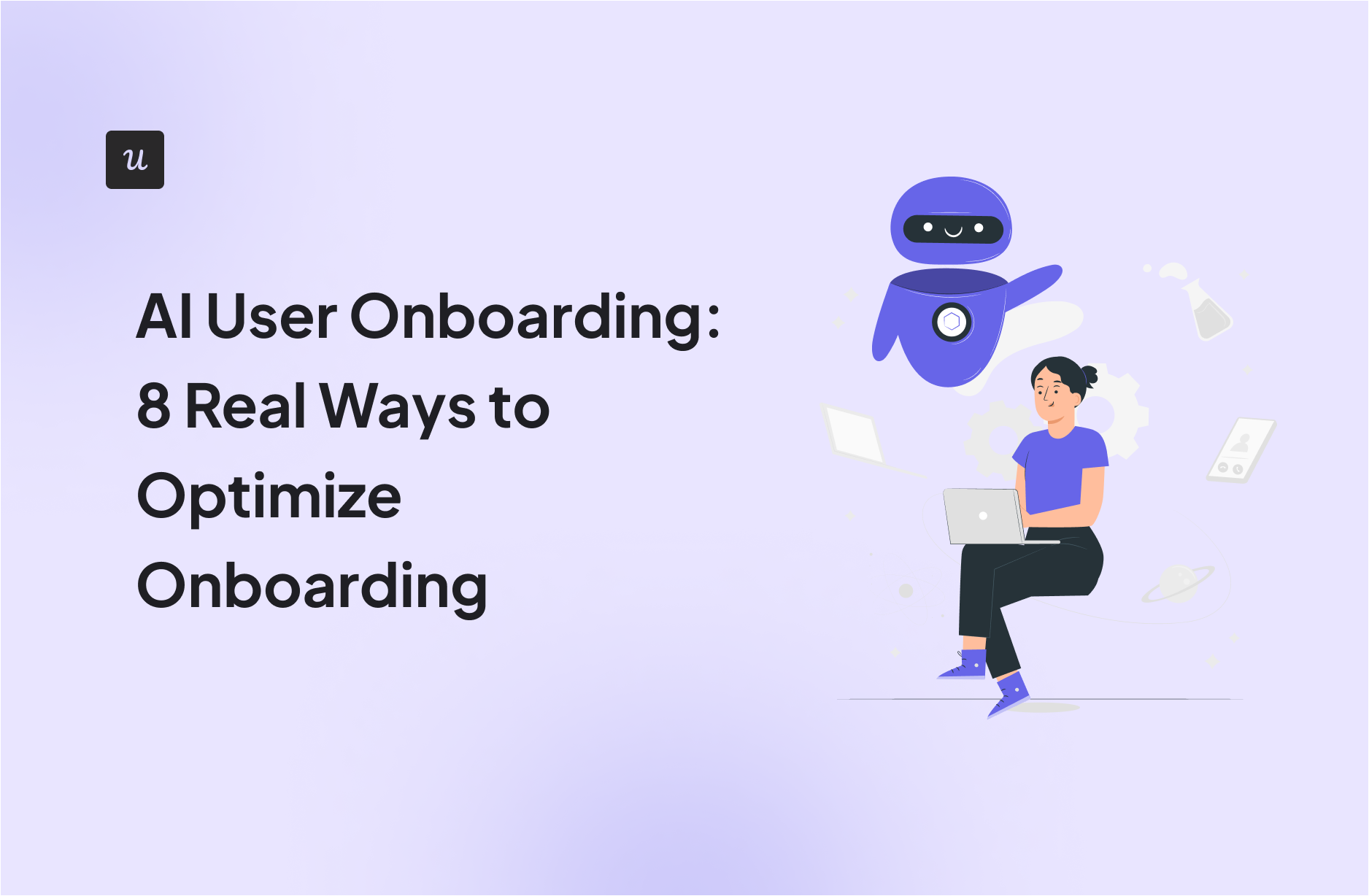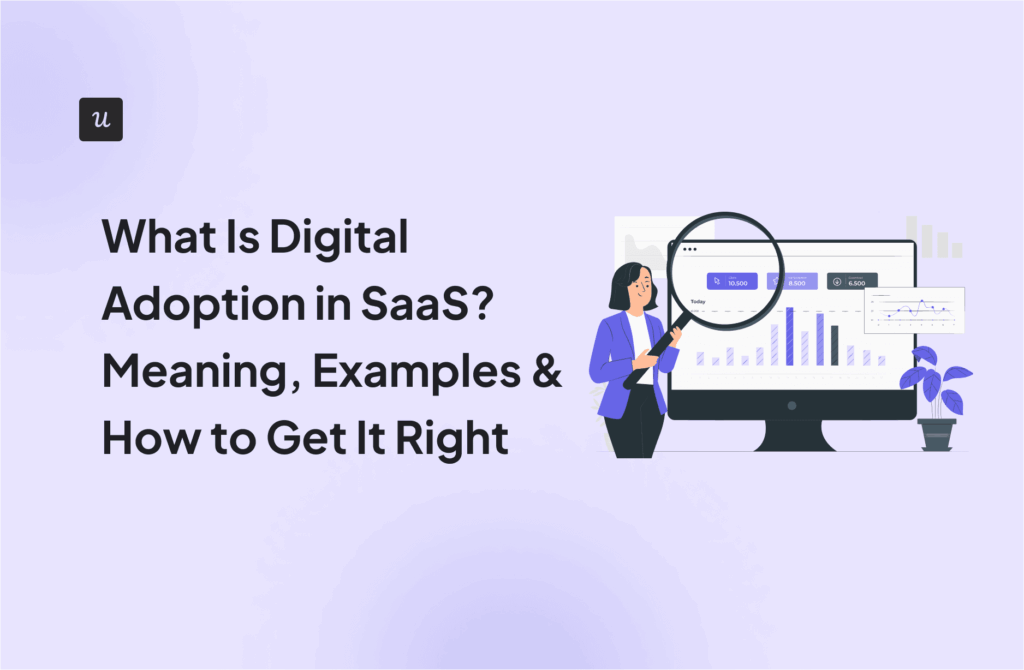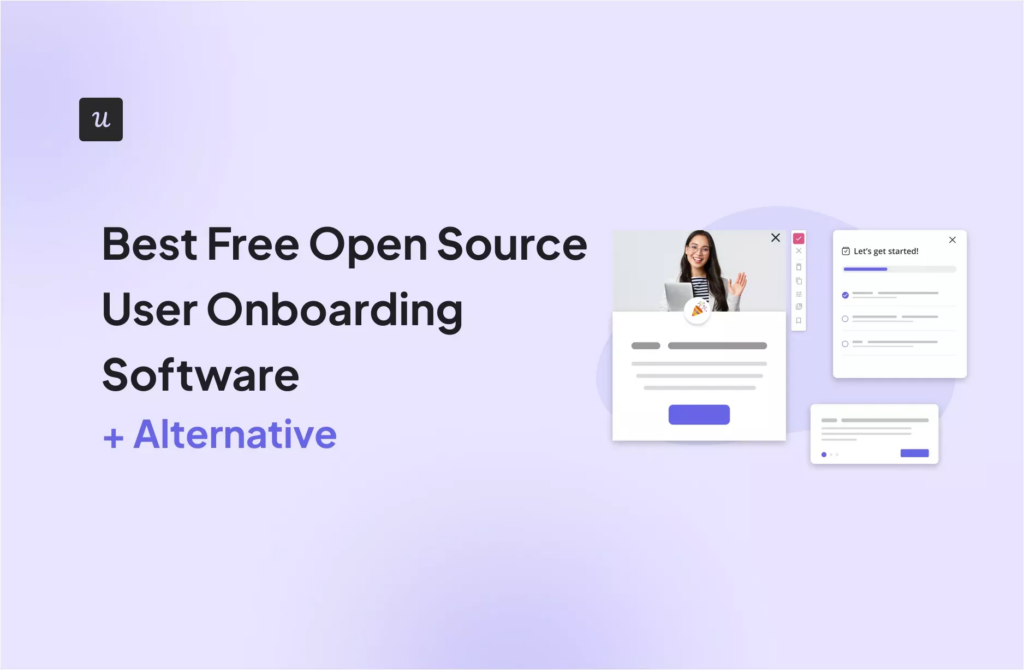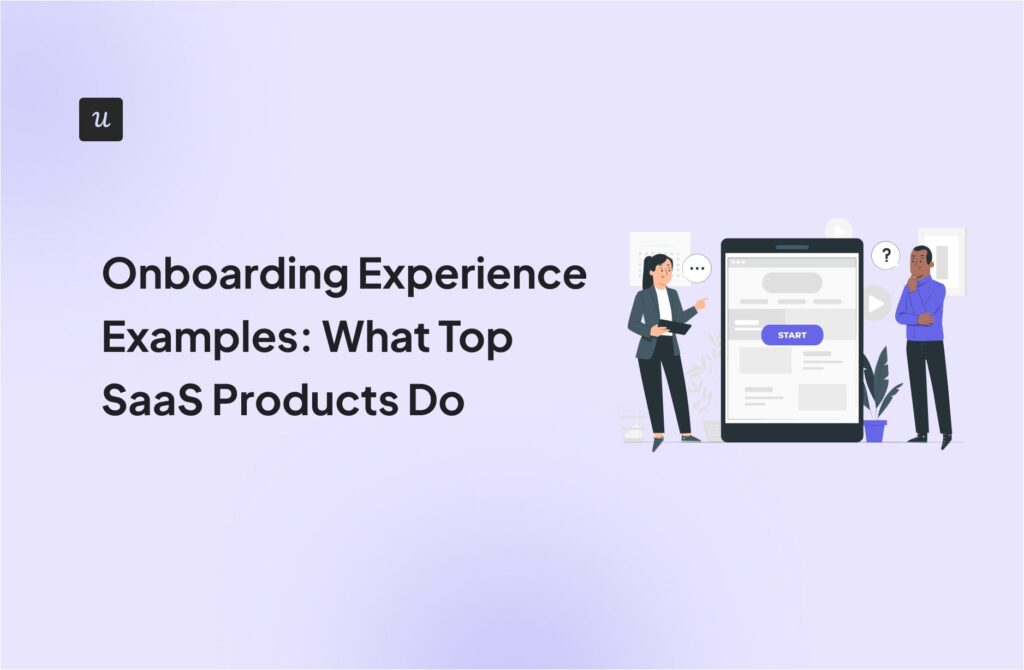
Try Userpilot Now
See Why 1,000+ Teams Choose Userpilot

FAQ
How to do digital onboarding?
Start by mapping what success looks like for your users. Then guide them there.
Digital onboarding typically includes product tours, checklists, tooltips, surveys, and help modules inside the app. The goal is to reduce friction and help users reach their “aha” moment as quickly as possible.
AI makes this process smarter. It lets you personalize flows, trigger help based on behavior, and refine the experience in real time, so users aren’t stuck in a static tour that assumes too much (or too little).
What is a virtual onboarding?
Virtual onboarding is the process of onboarding users or employees remotely—without in-person training or support.
In SaaS, this often means self-serve onboarding flows supported by in-app guides, automated emails, videos, and chatbots. It’s how you scale onboarding across time zones, languages, and team sizes.
What are the KPIs for onboarding?
Some of the most common successful onboarding KPIs include:
- Time to value (TTV): How quickly users reach their first “aha” moment.
- Activation rate: The % of users who complete key setup actions.
- Feature adoption: Which features are used (and which are ignored).
- Onboarding completion rate: How many users make it through the full flow.
- Churn rate: How many users drop off before or shortly after onboarding.
- Support requests during onboarding: A high volume usually signals friction.







